A WORLD OF RHYTHMIC POSSIBILITIES
DRUMMING LESSONS AND REFLECTIONS ON RHYTHMS
(CHINESE VERSION)
BY DAFNIS PRIETO
Digital Book
Pages: 124
Chapters: 5
NOTE: The original book consists of two parts. This special edition in Chinese covers the first part of the original book.
This book features 221 Audio Tracks and 19 Video Clips, downloadable with your digital book.
The digital book is not a downloadable file but is accessed via the Dafnison Music site using a code provided upon purchase.
介绍
打鼓是如同生活本身一般普遍和个人化的事情。
对于爵士鼓我充满着长久而无条件的热爱。
本书源自于一种巨大的激情和热爱的感觉——这一部“爱情故事”献给我与爵士
鼓亲密的终生关系。
在经历了多年手机众多关于节奏和演奏爵士鼓的问题之后,这本书成为了某种我需
要做的事情。写作本书不仅帮助回答了大部分问题,同时使得我深入理解节奏之后的
感知和觉醒,包括它的情感和精神方面的东西。
其中一些问题包括:我们如何才能识别且同步我们内在所听到的声音,且这些声音
如何在爵士鼓上展现出来?我们如何才能将传统当做基础来运用,而不一定当做目的
来看待?我们如何能尊重传统,同时又可以解放自我,不限制于这些节奏型,从而可
以创造出新的可能性?我们如何才能改变对一个或多个节奏型的认知?什么才是推动
我们持续打鼓的情感和精神力量?这种力量如何影响的我们,又是如何影响我们的演
奏方式?
当在思考这些还有其它很多问题的时候,我的脑海里隆隆作响,我有一种极大的满
足和愉悦感。这些就是我所经历的关于打鼓的想法和思考 —— 而这些概念总是出现在
我所做、所想和所演的一切之中。 因此,归根结底,它成为了一种大量的有关节奏性
建议的采集和我感觉不得不去做的自省。
本书向节奏型之间的关系表达敬意,如在章节“卡斯卡拉(CÁSCARA)/克拉维
(CLAVE)它们的关系及更多 ”中就是如此。本书也向那些伟大而富有影响力的鼓
手,比如:乔斯.路易斯.昆塔拉“昌圭托”,麦克斯.罗驰、还有乔治.劳伦斯.斯通。不
仅是认识到他们个人及他们对于爵士鼓演奏的重大贡献,而且从他们的巨大的遗产中
汲取养分,通过再创造勾勒出其它节奏可能性。
此外,本书介绍了大量的可以用于拓展套鼓分家和肢体协调能力的练习,以及它针
对弱势手和底鼓控制的技术练习。这些练习的其中一部分所呈现的是通过使用基本节
奏型比如:克拉维,卡斯卡拉。这种牛铃和其它节奏型,来自于古巴,也是我的家乡。
我同样也谈论了一些有关爵士鼓演奏背后无形过程的更偏个人化的分析;鼓励创造
性的理解爵士鼓的演奏,同时触及在其背后的非常个人的且独一无二的经历。我鼓励
所有的读者从不同的角度重新思考并分析节奏,包括对拍子的掌控和创造节奏幻象的
节奏型,还有其它的节奏性特点,这些都在“节奏的感知和觉醒”一章中有详述。
非常重要的一点要提示的是,本书并不仅仅专注于提升爵士鼓的演奏技术,简单的
节奏或者节奏型,更别说那些先入为主的规则,但同时专注于那些不可回避的问题,
即那些位于节奏和节奏型之外的和之下的问题——我们能给它们带来什么,而且最重
要的是怎么做到这一点?
在全世界举办大师班、课程还有讲座的乐趣,使得我有机会去阐释我自己的演奏方
式到底是什么,我怎样做到的,还有为什么这样做。这允许我从全盘的角度去拥抱爵
士鼓的演奏,同时从自我的内在和外在中聆听伟大的节奏细节。因此,这既是一个巨
大的挑战,同时也是一种极大地令人愉悦的经历。
但是,我们还是想知道该如何写作本书,以及读者们如何才能最好的理解我自始
至终的意图。
思虑良久之后,我决定如此写作,就如同读者参加我的一堂课程,我作为说书人讲
解单词和节奏,有时呈现出好像与朋友、学生或者同事之间的一段简单的对话一般。
最后,我想要向那些通过一种方式或者另一种——有时甚至都没有注意到的方式,
给予我灵感写作本书的朋友和同事以最诚挚的感谢。
ABOUT THE BOOK
Drumming is as universal and personal as life itself.
This book comes from a great sense of passion and love – a “love story” dedicated to my intimate and lifelong relationship with drumming.
After years of gathering many questions about rhythms and drumming, this book became something that I needed to do. Writing it has not only helped answer most of these questions, but also allowed me to go deeper into understanding the perception and awareness behind rhythm, including its emotional and spiritual aspects.
Some of these questions include: How do we identify and synchronize the sounds that we have inside of ourselves with those sounds that we make through the Drums? How can we use tradition as a foundation and not necessarily as a destination? How can we honor tradition while liberating ourselves from its patterns and rhythms, thus creating new possibilities? How can we change the perception of a single or multiple rhythmic patterns? What are the emotional and spiritual forces that drive us to keep drumming? How does this force affect us and the way in which we play?
While considering these and many other questions as they rumbled inside of my head, I felt a great sense of satisfaction and enjoyment. These are thoughts and reflections I have experienced in drumming – notions that are always present in everything I do, think and play. Therefore, and after all, it became a grand collection of rhythmic suggestions and confessions I feel compelled to make.
This book honors the relationship of patterns, as in the chapter, “The Cáscara / The Clave, Their Relationship and Beyond.” It also honors the work of great and influential drummers such as José Luis Quintana “Changuito,” Max Roach and George Lawrence Stone, not only by recognizing their individual and significant contributions to drumming, but often by recreating and suggesting other rhythmic possibilities drawn from their vast legacies.
Furthermore, the book introduces a wide range of exercises for the development of independence and coordination on the Drum set, as well as other technical exercises for the weaker hand and Bass drum control. Some of these exercises have been presented through the use of fundamental patterns such as the Clave, the Cáscara, the Cowbell and other patterns from Cuba, where I come from.
I have also included a more personal analysis of the invisible process behind drumming; encouraging a creative understanding of drumming, while touching the very individual and unique experience behind it. I encourage the reader to rethink and analyze rhythms from different perspectives, including the manipulation of pulses and patterns to create rhythmic illusions and other rhythmic qualities, as in the chapter, “Perception and Awareness of Rhythms.”
It is very important to note that this book is not intended to focus only on drumming techniques, on plain rhythms or patterns, let alone on a preconceived set of rules, but also to focus on the inevitable questions about what lies beyond and beneath rhythms and patterns – what we can bring to them, and most importantly how it can be done?
The pleasure of conducting master classes, lessons and lectures around the world has given me the opportunity to explain the what, how and why of the way that I play. This has permitted me to embrace drumming from a holistic perspective, while listening to great rhythmic details within and outside myself. Hence, it has been both a tremendous challenge and an immensely gratifying experience.
What else?
This book includes 221 audio samples plus 19 video clips. Playing and recording these examples was absolutely the most delightful experience of all. It is my hope that every single audio track brings to life the essence and rhythmic meaning of each particular example.


